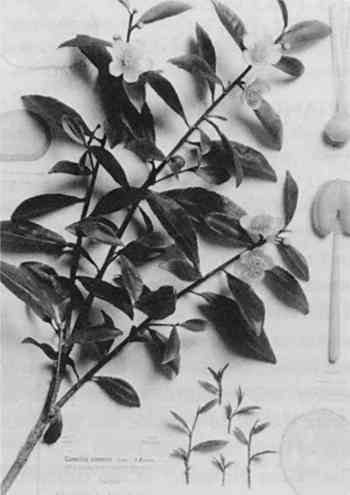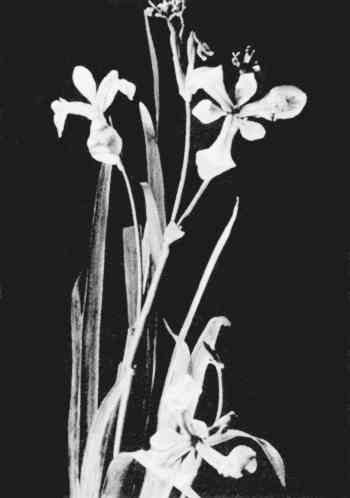THE HARVARD GLASS FLOWERS: MATERIALS AND TECHNIQUESRIKA SMITH McNALLY, & NANCY BUSCHINI
1 INTRODUCTIONThe Ware Collection of Glass Models of Plants in the Botanical Museum at Harvard University was created between 1886 and 1936 by Leopold and Rudolph Blaschka, a father-and-son team who had a workshop near Dresden, Germany. Commissioned for Harvard by Elizabeth Ware and her daughter, Mary Lee Ware, in memory of Charles Eliot Ware, the collection was the idea of George Goodale, the first director of Harvard's Botanical Museum. He thought that glass models would capture the beauty and intricacy of plants far better than the papier-m�ch� or wax models of the time. The models would also form a permanent botanical collection for the university. Leopold and Rudolph Blaschka were well-known glass artisans, having established their reputations as fabricators of glass models of marine invertebrates that were sold to museums around the world (including the Museum of Comparative Zoology at Harvard). Although Leopold Blaschka once had ventured into making botanical models, he had settled into the fabrication of marine invertebrates by the 1880s. Goodale, having seen the invertebrate models, convinced the Blaschkas to use their knowledge of glass to create botanical models. Harvard was the Blaschkas' sole employer for the more than 50 years it took to produce the Ware Collection of Glass Models of Plants. The “Glass Flowers,” as the collection is known, are valued for both their scientific and their artistic qualities. They attract nearly 200,000 visitors each year. The collection consists of approximately 850 full-scale models and more than 3,000 enlarged details of plants from all over the world (fig. 1). Visitors are often amazed at the lifelike qualities of the models, and of course many have wondered how they were made. The museum published a small leaflet in 1961, drawing primarily on letters written by Mary Lee Ware at the time the models were made (Ware 1961), and a catalog in 1982 to help explain the materials and techniques of the collection (Shultes and Davis 1982). The models had not been examined in detail by conservators or analyzed by scientific means until this study, which compared written documentation from the university's archives with the results of examination and analysis to determine the materials and techniques.
What surprises many people is that the Glass Flowers are not made simply of glass. Many are painted (particularly models made |

